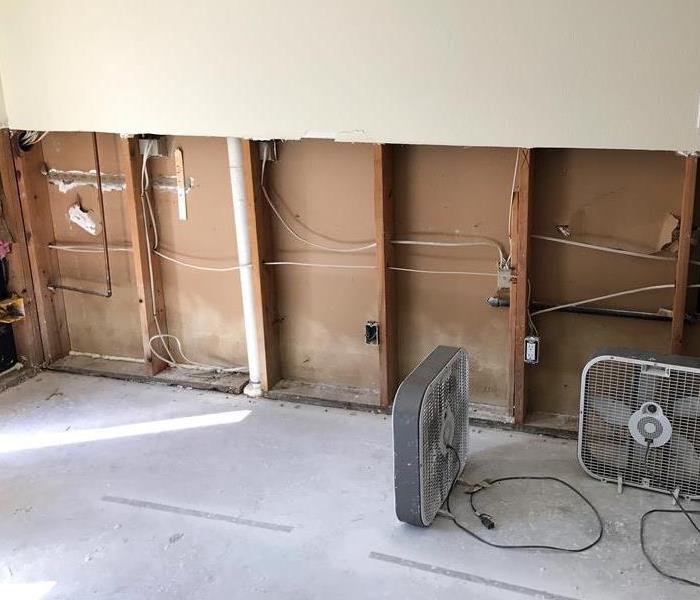Steps to Take When Your Basement Floods: How to Respond Quickly and Effectively
10/17/2023 (Permalink)
 Flooding can be stressful, give a professional a call for proper restoration and prevention of secondary damages.
Flooding can be stressful, give a professional a call for proper restoration and prevention of secondary damages.
A basement flood can be a homeowner's nightmare, causing extensive damage and creating a stressful and overwhelming situation. However, a quick and effective response can minimize the damage and prevent potential health and safety hazards. In this blog post, we will outline the crucial steps to take when your basement floods, helping you respond promptly and effectively.
Safety First
- Turn off electricity: Turn off the main power supply to prevent electrocution.
- Watch for electrical hazards: Avoid standing water if electricity is still on.
- Check for gas leaks: Smell for gas leaks and evacuate the property immediately if you detect a leak.
Stop the Water Source
- Identify the source of the water: Determine the source of the water, such as a burst pipe, sewage backup or heavy rainfall.
- Stop the source: If possible, stop or divert the flow of water to prevent further flooding.
- Document Damage
- Take photos and videos: Document the damage using photos and videos for the insurance claim.
- Record details: Record the time, date, and the extent of the damage.
Contact Professionals
Call water damage restoration professionals. Contact a professional restoration company immediately to prevent further damage and ensure proper restoration. Contact insurance provider. Notify your insurance provider and provide them with details of the damage, photos, and videos.
Begin Cleanup
- Remove water: Use a wet-dry vacuum, mops, or towels to remove standing water.
- Dry out the area: Use fans, dehumidifiers, and open windows to dry out the area and prevent mold growth.
- Disinfect affected areas: Disinfect all affected areas with bleach or another disinfectant to prevent bacteria and mold growth.
Prevent Future Flooding
- Fix the issue: Repair the source of the problem whether its a burst pipe, faulty plumbing or a drainage issue.
- Waterproofing: Consider waterproofing your basement walls to prevent future flooding.
In conclusion, basement flooding is a stressful and overwhelming experience, but quick action can prevent further damage and ensure proper restoration. Follow these six crucial steps to safeguard your property and your family's health. Remember to prioritize safety first, stop the source of the water, document damage, contact professionals, begin the cleanup promptly, and prevent future flooding. With the help of professional restoration and proper prevention measures, you can recover from a basement flood and prevent it from happening again.






 24/7 Emergency Service
24/7 Emergency Service